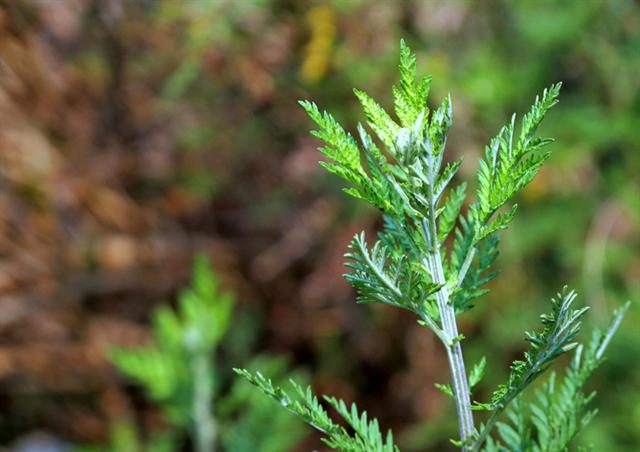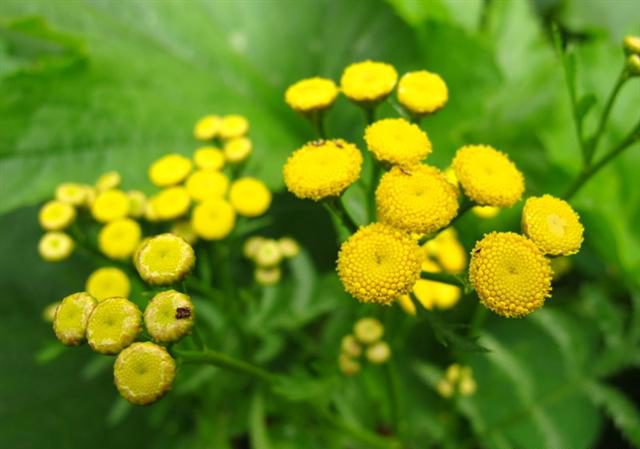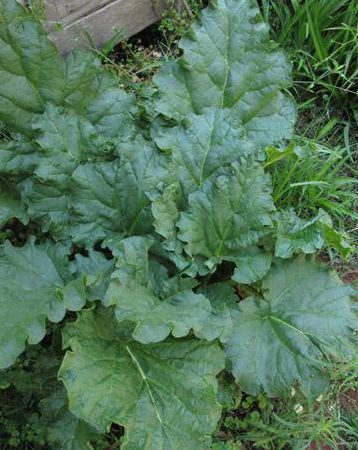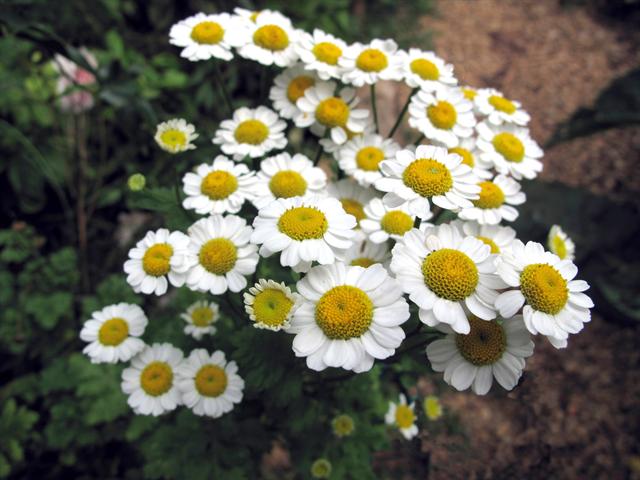Repel pesky insects naturally by adding these four plants to your garden
AFRICAN WORMWOOD
This indigenous artemisia has strong-smelling leaves, which few bugs can tolerate. It grows easily from seedlings and cuttings, can reach 2m high and is not fussy about soil. It likes full sun and once established becomes a bushy, drought-resistant shrub. In early spring, cut it back by two thirds to encourage new growth.
How to use it:
- As a spray.
- Scatter between the leaves of vulnerable plants to repel leaf-eating caterpillars.
- Use the leaves as insect-repelling mulch.
- Scatter the leaves over newly seeded areas or in amongst seedlings.
Repels: Ants, whitefly, aphids, caterpillars, snails, slugs and moths.
TANSY
Tansy has such good insect-repelling properties it was once used in embalming. It grows in well-drained soil and likes full sun. It develops into a bushy, straggly plant by sending out rhizomes, but can become invasive. Keep it in check by continually cutting it back and pulling out any new growth around the edges.
How to use it:
- As a spray.
- Plant in borders and vegetable beds or in pots and place where needed. It’s good under roses and fruit trees.
Repels: Ants, whitefly, fruit fly, beetles, flies and moths.
RHUBARB
Rhubarb leaves contain high levels of oxalic acid, which helps deter insects and prevent diseases such as club root, a fungal disease affecting the Brassica family. Its root system is called a crown – the more robust this is, the stronger and more prolific the plant will be. Enrich the soil with compost and plant the crowns 10cm deep in early spring. Harvest only after the first year of planting, so the crowns become well established. If looked after, rhubarb will continue to thrive for many years.
How to use it: Use it only as a spray.
Repels: General insecticide.
FEVERFEW
Feverfew contains pyrethrins (insecticidal compounds) but isn’t as strong as a true pyrethrum plant. It grows easily from seed and will self-seed, never becoming a problem plant. It likes well-drained soil in full sun. Deadhead the flowers often to keep it in bloom. It dies back over winter in colder areas, but soon pops up in spring.
How to use it:
- As a spray.
- Plant in borders and vegetable beds. It’s also good under roses and fruit trees.
- The flowers can be dried and ground into an insect-repelling powder.
Repels: Caterpillars, flies, aphids, fruit fly, whitefly and moths.

